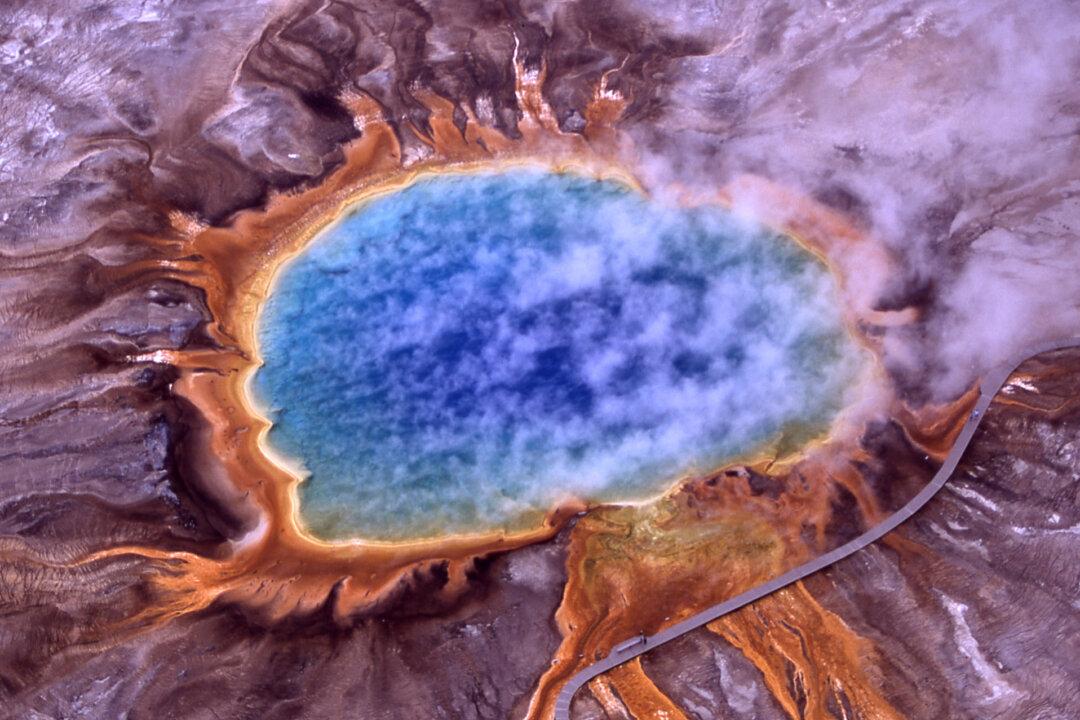If the Yellowstone supervolcano was to erupt, we may get much shorter notice than experts thought, new research suggests.
Last time the volcano erupted, ash covered much of the country and blocked the sun for so long it caused a volcanic winter. It burst into the atmosphere with some 240 cubic miles of rock, dust, and volcanic ash—enough material to fill Lake Erie—twice.





